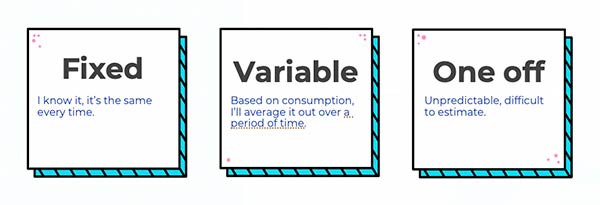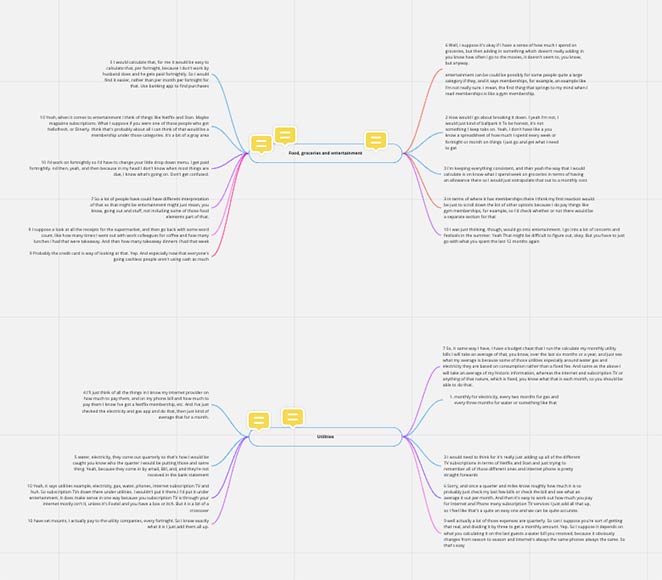Responsible lending expense capture requirements project
Overview
The updated Australian RG209 guidelines require that we make reasonable inquiries on our credit applicants capacity to repay the loan. Our objective was to ensure the application process is compliant with our new standards, while minimising impacts on pull through rates.

Problem definition
The potential increase in friction to the credit application process made senior stakeholders uneasy.
The legacy IT infrastructure meant we had no option to launch a trial without huge expense and effort. Making the changes to the expense capture flows at scale without data to predict the impact was preventing the team from progressing.
My suggestion was to rebuild the forms with Axure and conduct unmoderated user testing at scale to test a baseline version against two alternate future state versions.
We set out to prove that the added expense fields would not add significant friction to our originations processes.
Responsibilities
Re-designing the finances / expense capture application forms in collaboration with legal and compliance colleagues. Planning research approach, activities and recruitment. Building high fidelity prototypes in Axure with conditional logic. Running unmoderated tests using Validately and synthesising insights and usability videos for reporting purposes.

Design process
Unmoderated task completion tests with one baseline experience group n=25 versus two future state version groups. n=25 each. Validately screen recordings and audio that allows you to tag and create film clips of key moments with the reporting function in the platform.
Following the tests we were able to present key findings to senior stakeholders with quantitative data on completion rates and time to complete impacts. With the added benefit of qualitative usability insights from the recordings of participants using the prototypes.
Constraints
The obvious constraints were that we couldn't use lab testing facilities so all interactions with test participants had to be remote.

Successes
- Rapid 2 week turn around with large numbers of participants
- Provided the business with confidence to proceed with changes to originations flows
- Exposed the business to new ways of conducting discovery research and busting previously held assumptions about its speed, efficacy and outcomes.
On reflection
It's true that necessity is the mother of invention. Having been forced to use remote testing a I have learned that one can get the same if not better results with the right approach.